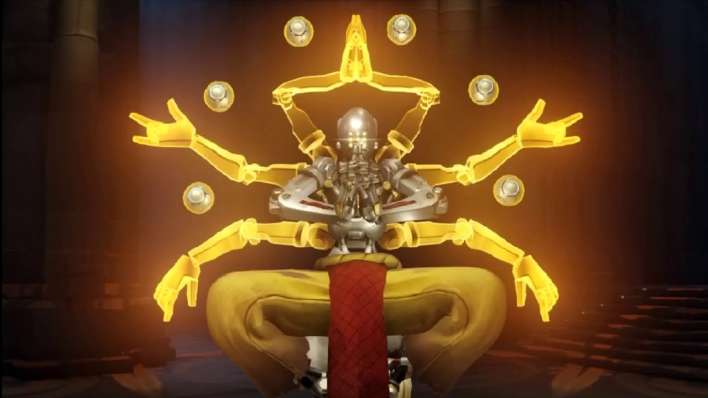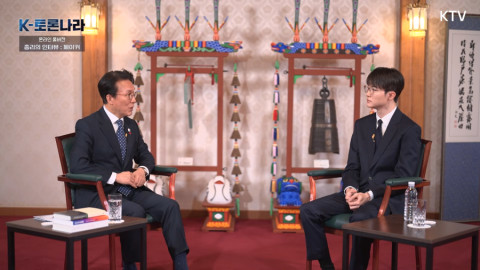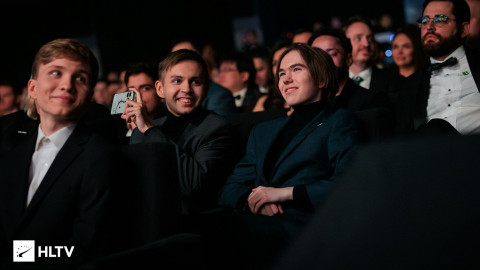
As the seasons of competitive Overwatch wear on and the Overwatch League's existence comes to dominate every conversation, it has become easy to accept as inevitable the fundamental design of Overwatch. Said fundamental design, however, is not flawless, and discussions about its improvement cannot die. Everything from the rate at which overtime ticks down to the standardization of spread to the ability of projectile heroes to headshot are subtle, oftentimes ignored, facts of Overwatch life that could be altered to drastically improve competition.
But game design changes start small. And perhaps the next change that comes about should be the removal of a fundamentally harmful, yet easily overlooked, mechanic that has existed since beta: the ability to contest objectives while invulnerable.
Reaper’s Wraith Form, Mei’s Cryo-Freeze, and Zenyatta’s Transcendence are abilities which make heroes invulnerable, while Sombra’s Thermoptic Camo makes her invisible. While invulnerable and invisible, heroes can still contest objectives, and contesting objectives is the name of the game for competitive Overwatch. Every competitive game mode is dominated by a time bank, and the more time a team bleeds off their opponent’s clock, the better.
"the goal of any competitive game should be to empower and reward both mechanical skill and teamwork above all else."
While draining an opponent’s time bank is vital at every stage of a map, it is especially pivotal during or leading up to overtime. Capturing an objective with 0.1 seconds remaining instead of 0.1 seconds into overtime can be the difference between a team having one minute to attack on their next round or no attack at all. And if a Zenyatta happens to contest the objective for the duration of his Transcendence? Well, the offense is out of luck – there is no realistic or reliable counter-play to prevent their capturing in overtime.
Of course, the situation is not always so dramatic. On assault, for example, oftentimes an attacking team will convert their momentum from their Point A capture into a quick Point B capture, and despite their winning the necessary team fight immediately, they will be stalled out by gimmick after gimmick for minutes at a time by the heavily-favored defenders. This interaction undermines and makes a mockery of the attackers’ skills – after all, they may have been able to win the team fight, but they are no match for defenders simply throwing respawn after respawn onto the objective, especially if said respawns are literally un-killable for precious seconds at a time.
Perhaps most importantly, such capacity for stall introduces a harmful degree of variability to the competition. Players’ control over the outcome of the game is easily and often overpowered by a toxic, unreliable reaction between skewed map design and illogical game mechanics.
The capacity for stall is greater on some maps than others, and typically most potent on final objectives. All second points of assault maps heavily favor defenders and necessitate stall, as do final points on hybrid and escort maps.
A myriad of heroes can be used to stall objectives effectively – D.Va is one of them, as is Winston in Primal Rage – but none facilitate stalling as well as invulnerability. The aforementioned tanks may be powerful, but they can be focused down and rendered useless by smart target priority and teamwork. A Mei in Cryo-Freeze cannot be. As such, invulnerable heroes guarantee, at best, opportunities for reinforcements and, at worst, seconds bled from an opponent’s time bank.
In this clip from last night’s Overwatch League match between the Houston Outlaws and the San Francisco Shock, the former manages to hold onto the final objective of Numbani for one more fight after Mei’s Cryo-Freeze and Zenyatta’s Transcendence contest, one after another, long enough for reinforcements to retake the point. Take note of Rawkus’ ultimate percentage -- Transcendence would not have been available for the Outlaws to use had Mei not have been able to stall while invulnerable.
Furthermore, it is in Blizzard’s best interests to remove this mechanic as soon as possible: recent and upcoming changes to Mei and Reaper have the potential to make either of them viable picks in Stage 4 and season playoffs, and Zenyatta is not going anywhere. The absurdity of the ability to stall objectives while immune will only become more pronounced and offensive as more heroes with invulnerability re-enter the meta. At present, this oversight is tempered by the fact that characters like Mei and Reaper are most often seen only when being used to stall final points, as opposed to bleeding time for the entire duration of a match.
It is readily apparent that the larger issue – or, more kindly, question – at hand is the role of stall and overtime in competitive Overwatch. Disallowing heroes to contest while invulnerable will not holistically address these topics. More drastic changes to the fundamentals of Overwatch have been proffered – removing overtime altogether is one and requiring at least two players to contest objectives is another – and perhaps deserve serious consideration as the seasons of the League wear on.
But for now, this change is a good place to start.
“We want to make good, short-term, strategic and tactical fixes to competitive play to [improve each season of competitive],” said lead game designer Jeff Kaplan in his first Developer Update of 2018.
Kaplan’s comments ostensibly reflect Overwatch’s overarching design philosophy, and this minor – but important – change would be in-line with changes made in the past, such as increasing the rate at which ultimate charge depletes or re-ordering game modes in the League per players’ requests.
Removing this mechanic would alleviate prevailing frustrations with assault maps, and minimize, but not eliminate, teams’ capacity for stalling. The latter outcome would enrich the League’s viewer experience as well by not exacerbating fights which do not showcase players’ skills.

Fundamentally, the goal of any competitive game should be to empower and reward both mechanical skill and teamwork above all else. Removing the ability to contest objectives while invulnerable would be a small step toward achieving that goal and, as such, toward placing players in complete control over the outcome of their maps.
Sort by:
Comments :1
-
0

level 1 Miserabl
This is so stupid it's sad. Zenyatta's ability to contest using his ultimate only last 6 seconds, whereas the respawn time on maps is 10 seconds. And even if you get a win in 0.1 seconds before overtime, you would still get the amount u would get in overtime, but 0.1 seconds more. That's it. On assault maps, each team gets 10 minutes total to attack. And being invulnerable does nothing to stop the team from killing the hero right after, making it an uneven team fight. If a team actually loses a point because of this, they deserved to, because they messed up somehow.






